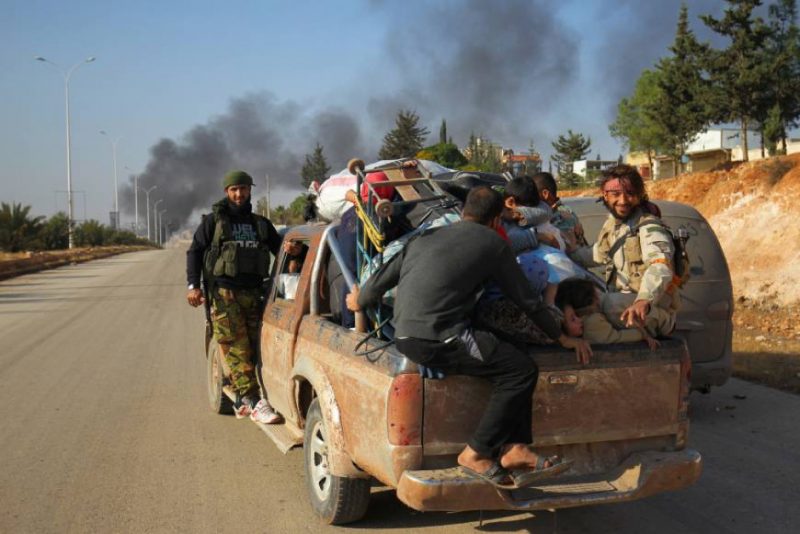In 2019, the global economic impact of violence amounted to $14.4 trillion PPP, equivalent to 10.5% of global GDP, or $1,895 per person. Of the 1.4 million deaths due to violence each year, 89% are attributed to interpersonal and self-inflicted violence1. For every death, there can be up to 40 times as many injuries that require medical attention, incur hospitalisation costs, and result in lost economic productivity from the victim. There are also potential costs arising from the perpetrator, such as incarceration.
Across the world, the consequences of violence amount to considerable direct and indirect costs that erode economic development, increase instability, increase inequality and erode human capital. Interpersonal violence results in medical, policing and judicial costs immediately after the violent incident occurs, but there are also longer term implications for productivity and economic activity.
Social unrest and collective violence destabilise governments and social institutions, as well as reduce business confidence. Warfare destroys both private and public infrastructure, and not only are private property and businesses destroyed by war, but public assets such as electricity, water supply, telecommunications, schools and health facilities are affected as well. Beyond the human toll, war and terrorism disrupt the economy resulting in adverse flow-on effects and losses of productivity for an extended period of time – even after the war concludes.

In Syria, conflict has inflicted significant damage on the country’s physical capital stock. Since the beginning of the civil war in 2011, 7% of the housing stock was destroyed, and 20% was partially damaged. Through to the end of 2016, the cumulative losses in gross domestic product (GDP) were estimated at $226 billion, about four times Syrian GDP as measured in 2010.
Less talked about is the mere anticipation or expectation of future violence, which also carries detrimental economic impact. Fear of falling victim to violence changes consumption, and work-related decisions, and can lead to increased transportation costs and reduced productivity. Fear of victimisation can also lead to adverse mental health effects such as anxiety, anger and reduced mental wellbeing, all of which have economic productivity-related implications. The social cost of the fear of violence manifests itself in reduced trust in society, and the erosion of social cohesion. The impact of violence goes far beyond the victim and perpetrator, and has economic, social and psychological implications for the wider society.
Society and governments spend to curtail violence, including expenditures such as public security, military spending, and programs that aim to reduce or prevent violence, such as judicial systems. These expenses impose large costs on the public system. As public finances are necessarily limited, increased public spending on violence needs to be funded by either increases in revenue through debt and higher taxes, or the reallocation of resources from other sectors. Given the political challenges associated with tax increases and financing through debt, the reallocation of resources is often more likely. The financing of violence containment through debt increases the economic impact of violence, both in the short term and long term, due to the interest on this debt.

The economist Professor Joseph Stiglitz and Harvard Professor Linda Blimes calculated that the cost2 of interest payments on borrowings to fund the Iraq war will amount to $400 billion – over a period of 13 years – for US taxpayers. Such high levels of spending on violence containment may also lead to reductions in spending on high return activities such as education, business stimulation, health and public infrastructure.
Not only does violence have a direct impact on the economy, but it also reduces the positive benefits that peacefulness has on the macroeconomic performance of countries. Since 2000, countries that have improved in peacefulness have seen, on average, 1.4 percentage points’ higher GDP per capita growth, when compared to countries that have become less peaceful as measured by the Global Peace Index (GPI). Small improvements in peace can have substantial – and long term – economic benefits.
A mere 2% reduction in the global impact of violence is approximately equivalent to all overseas development aid in 2019. Of course, the prevention of violence is an essential element in any functioning society; spending on a police force or on personal security is necessary, while military costs when used for protection against external threats are a justifiable expense.
However, unless we understand what is being spent, we cannot clearly understand if and where there are misallocations. Some investments are more productive than others, and investments in violence carry little productivity. Invested capital goes further if used to build a school, instead of a jail. Funds allocated to violence containment could be channelled into higher return activities within the economy – activities that ensure long-term growth and prosperity. This in turn would lead to a virtuous cycle of less violence, and overall stronger economies.
Further reading: download the 2021 Economic Value of Peace report here.
1The global economic impact of violence is defined by the Institute for Economics & Peace as the “expenditure and economic effect related to containing, preventing and dealing with the consequences of violence.”
2Stiglitz and Blimes: The True Cost of the Iraq War, Washington Post, Sunday, September 5, 2010